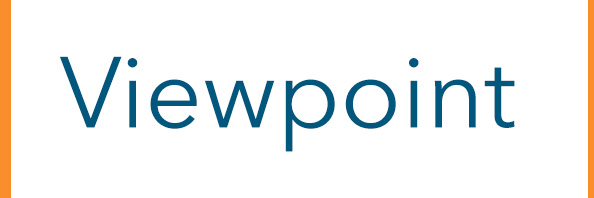Last month, the Community College Research Center (CCRC) released a new study on work-based learning. Work-based courses combine classroom instruction with hands-on training from highly skilled practitioners in high-demand sectors like healthcare and information technology. The CCRC results were largely positive but also complicated – community college students who took work-based courses were slightly more likely to be employed after graduation but reported lower earnings than their counterparts in the long run.

Although this study confirms the potential benefits of work-based learning opportunities, it’s clear that institutional contextual factors, such as institutional type and program, still matter. College leaders interested in adopting a work-based learning model should seriously consider the conditions that promote equitable student participation and foster long-term impacts on students’ career trajectories.
Providing practical, real-world experience beyond the confines of the classroom is increasingly seen as essential to preparing community college students for the demands of today’s labor market. Community college leaders have responded by adopting different models of paid work-based learning. However, the effectiveness of these courses in enhancing labor market outcomes and the factors that may influence their completion has yet to be fully understood.
I’ve explored how college leaders can make work-based learning more equitable. In 2022, I began researching the design and characteristics of work-based learning programs, including the Earn and Learn Program at San Antonio College (Texas), which offers a work-based course to its students. Sabrina Macal-Polasek, assistant director of the college’s program, said: “We saw a lot of students who have never had any sort of work experience before.” Through high-impact, mostly on-campus experiential learning, students participate in a work-based course focused on professional development and an internship. For example, the program has invited professionals from diverse backgrounds to speak to program participants on relevant topics related to career development and success in the workplace.
Why lower earnings?
Yang “Rachel” Zhou, a postdoctoral scholar and author of the CCRC report, used an innovative text-mining technique to identify work-based courses on college transcripts at a large public college system. She then matched students’ college records and post-college labor market data to identify who takes work-based courses in college and whether there are gaps in work-based course-taking by student characteristics or work-related factors. The study also addresses broader questions about the post-graduation labor market outcomes of students who completed a work-based curriculum compared to those who did not.
The most notable and perhaps troubling finding is that while work-based course-takers were more likely to be employed after graduation, two-year degree completers reported lower earnings than non-takers. Because many community college students juggle full-time jobs during enrollment and may forgo work-based learning opportunities due to hidden barriers (for example, work schedule conflicts), the author suggests that differences in work history may partly explain the earning gap. The study also found that only one-third of college graduates enrolled at two-year institutions completed a work-based course within six years.
The study highlights that most students earn academic credit while taking a work-based curriculum, earning an average of 3.6 credits. However, the guarantee of earning nearly four academic credits per work-based course may not be enough to incentivize broader participation from newly enrolled and returning students. For instance, only 2% of students in the sample who finished a work-based course did so within the first year of enrollment.
Breaking down the data
Work-based course-takers were likelier to be enrolled full-time and not employed in the first term of study. Although no racial differences were revealed, the researcher found that female students were likelier than male students to finish a work-based curriculum. Only a quarter of male students took a work-based course compared to over one-third of female students. However, it’s unclear from the analysis whether the gender enrollment gap is a causal factor behind gender-based differences among work-based course-takers.
Notable differences were found among work-based course-takers by field of study. For instance, community college graduates in education, law, social and behavioral sciences were most likely to complete a work-based course.
Work-based learning is a large and complex field. To understand it, future research must replicate the study within and across several public college systems. Researchers should consider using other research methods, specifically focus groups, to gain a deeper and more holistic understanding of student experiences while taking work-based curricula across academic disciplines.
While broader male student enrollment issues may drive differences in work-based course participation, information gaps and misconceptions could cloud their judgment. As a result, community college leaders must ensure that male students understand the potential benefits of work-based courses in preparing them for successful entry into their desired career fields.
Community colleges are dedicated to meeting the changing demands of today’s labor market, which is evident through their emphasis on offering work-based courses. Nevertheless, greater attention is needed to the design of these courses to ensure equitable student outcomes and participation.

